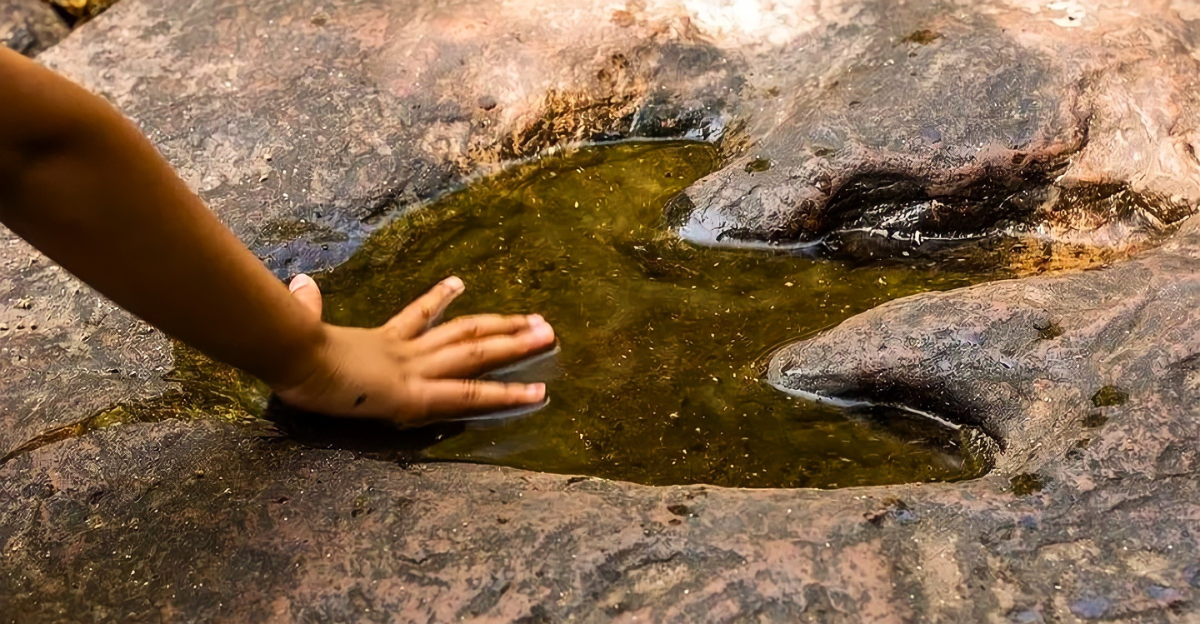
Scientists have made a remarkable discovery: more than 260 almost identical dinosaur footprints have been found on opposite sides of the Atlantic Ocean.
Despite being seperated by thousands of miles, these fossilized footprints are challenging long-held assumptions about dinosaur migration and continental drift. This find raises new questions about how ancient creatures traversed acorss huge prehistoric landscapes.
Unprecedented Similarity
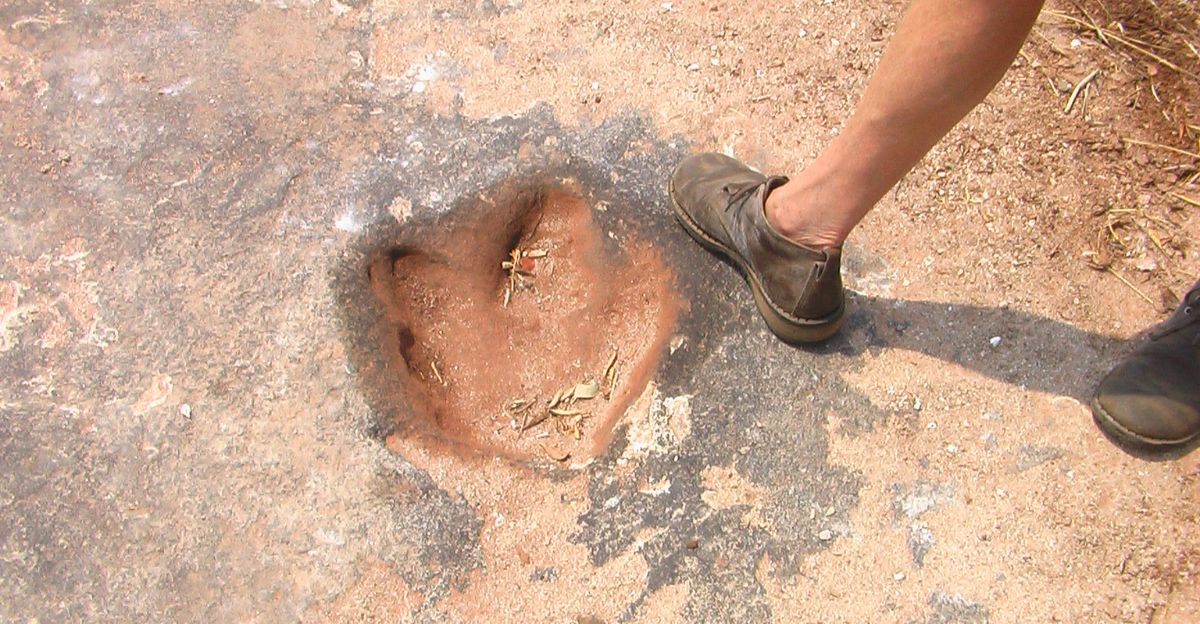
Experts describe the tracks as “identical in size and shape.” They were found in both northern Cameroon, Africa, and northeastern Brazil, South America.
This level of similarity is rare in paleontology and suggests a direct connection between the two sites. Now, scientists are re-examining how these patterns could have formed across continents that are now divided by the Atlantic.
Continental Drift Context
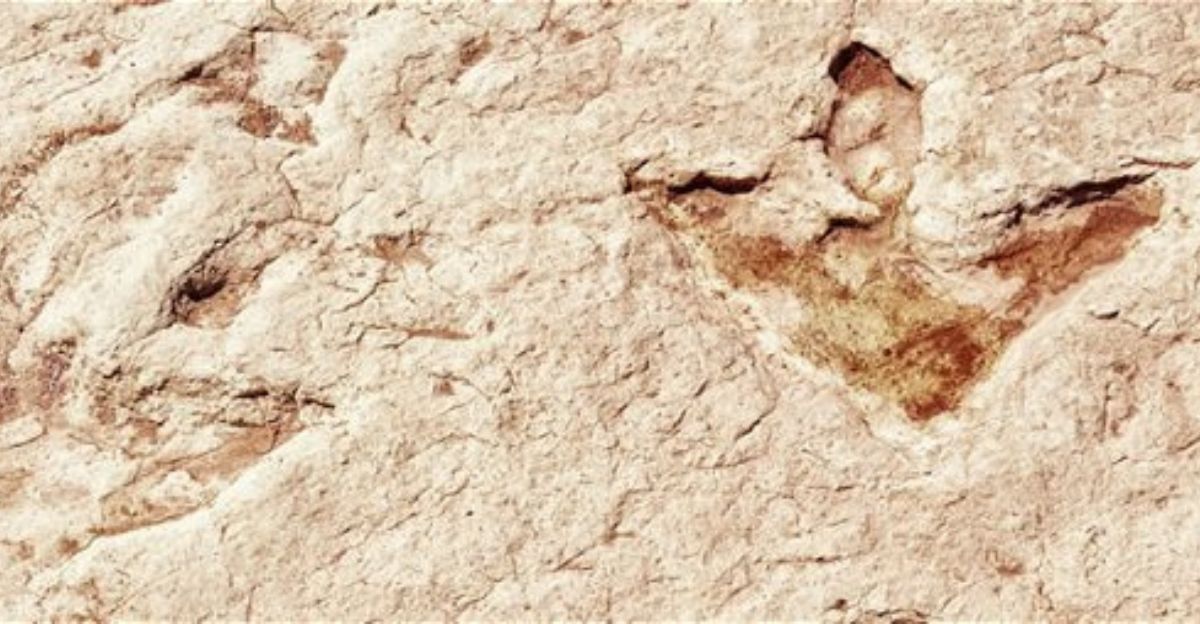
The awesome discovery builds on a century of research into continental drift. Early 20th-century scientists, like Alfred Wegener, theorized that continents were once joined together.
Fossil evidence, including similar plant and animal remains, supported this idea. The new dinosaur tracks provide fresh, tangible proof that these lands were once connected.
The Gondwana Breakup
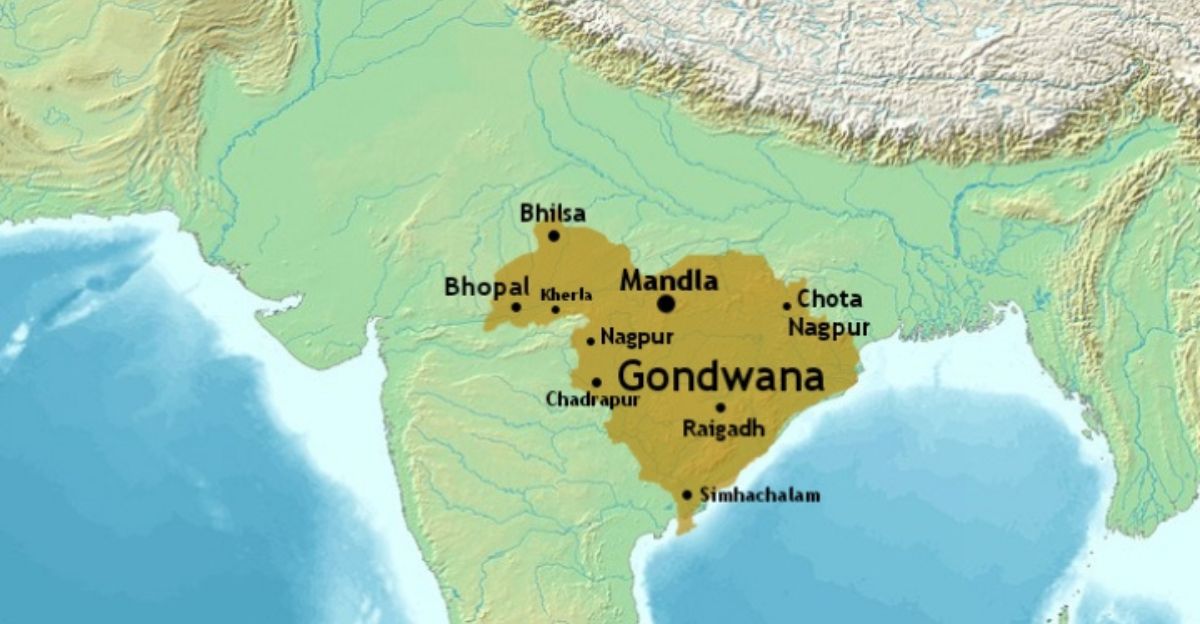
About 120 million years ago, the supercontinent Gondwana began to split apart. Africa and South America, which were once connected, slowly drifted away from each other.
These newly found tracks date back to this critical period, offering a rare glimpse into the final moments before the continents separated for good.
Dinosaur Dispersal Corridor
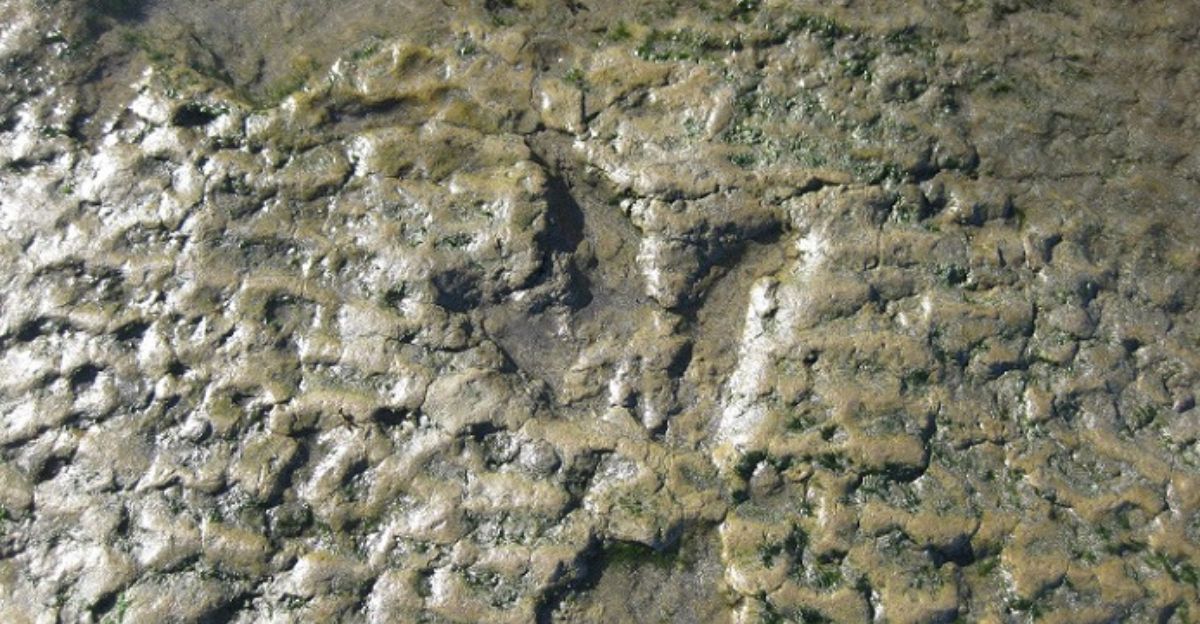
On August 27, 2025, researchers announced the identification of a “Dinosaur Dispersal Corridor.”
This ancient route, preserved in river valley sediments, allowed dinosaurs to migrate freely between what are now Africa and South America. The matching tracks, found 3,700 miles apart, confirm the corridor’s existence.
Regional Impact: Africa
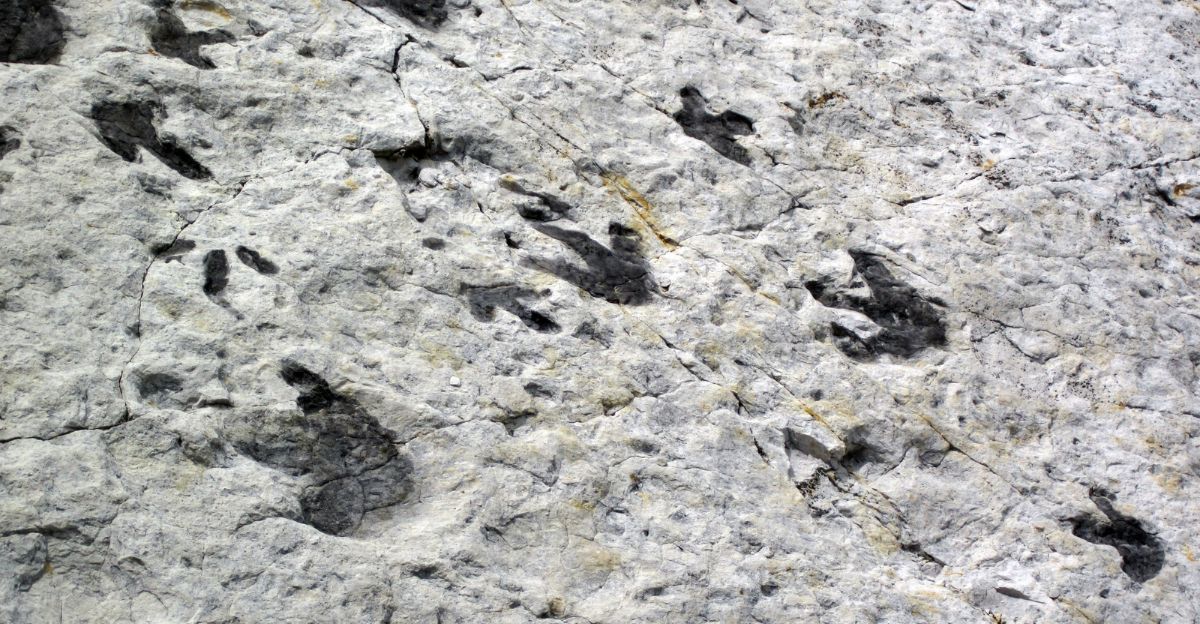
In Cameroon, the tracks are embedded in red siltstones lining ancient lagoons.
These sediments have preserved footprints, claw imprints, and skin traces, providing detailed evidence of dinosaur behavior and movement in the region’s prehistoric wetlands.
Local Guides
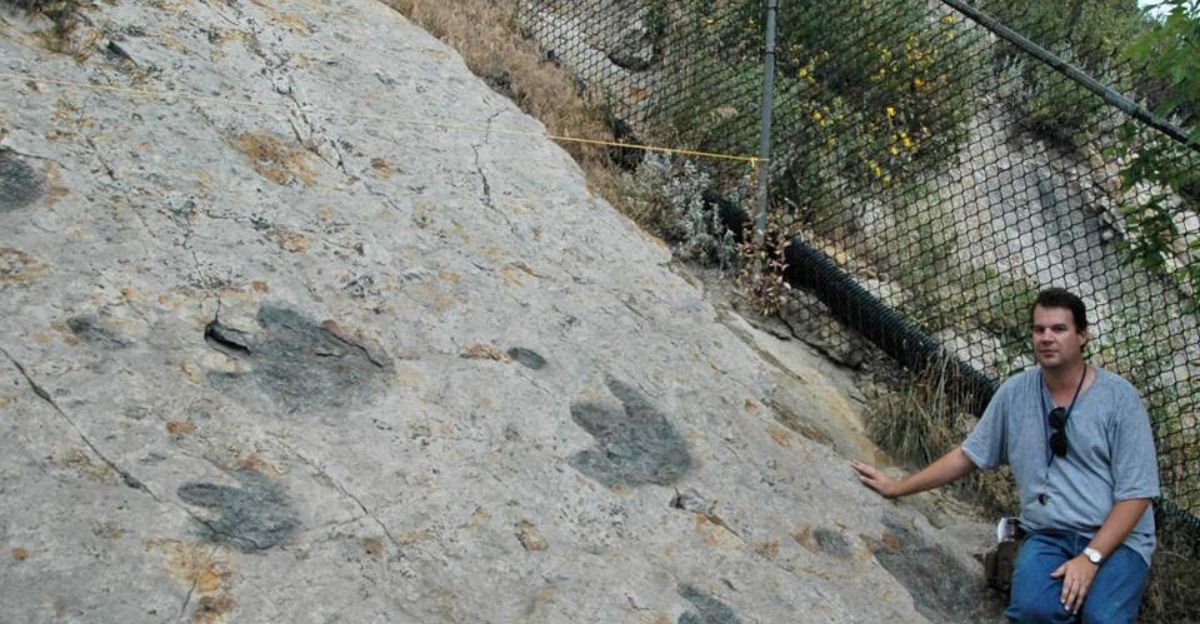
Local guides in Cameroon now lead visitors along marked trails to view the fossilized prints.
For many people, the site feels like “a story written in stone,” connecting communities to a deep, shared natural history and boosting regional tourism.
Scientific Competition
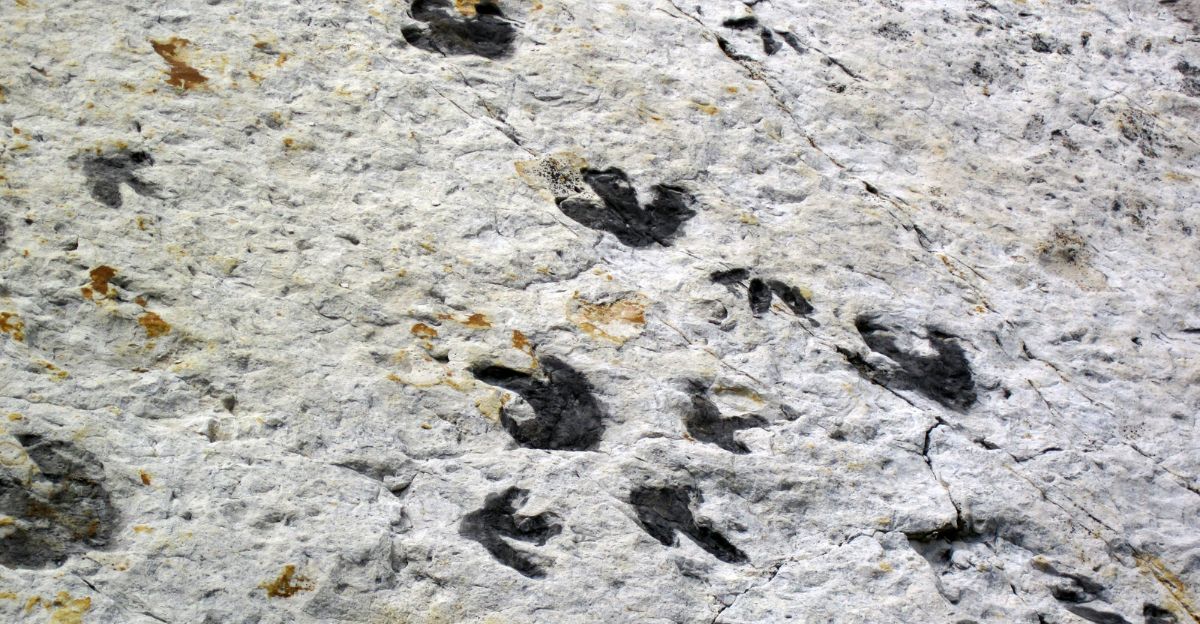
This recent discovery has sparked renewed interest among paleontologists from all around the world.
Competing research teams are now scanning, mapping, and comparing trackways in other regions, hoping to find additional migration corridors or similar fossil evidence.
Plate Tectonics
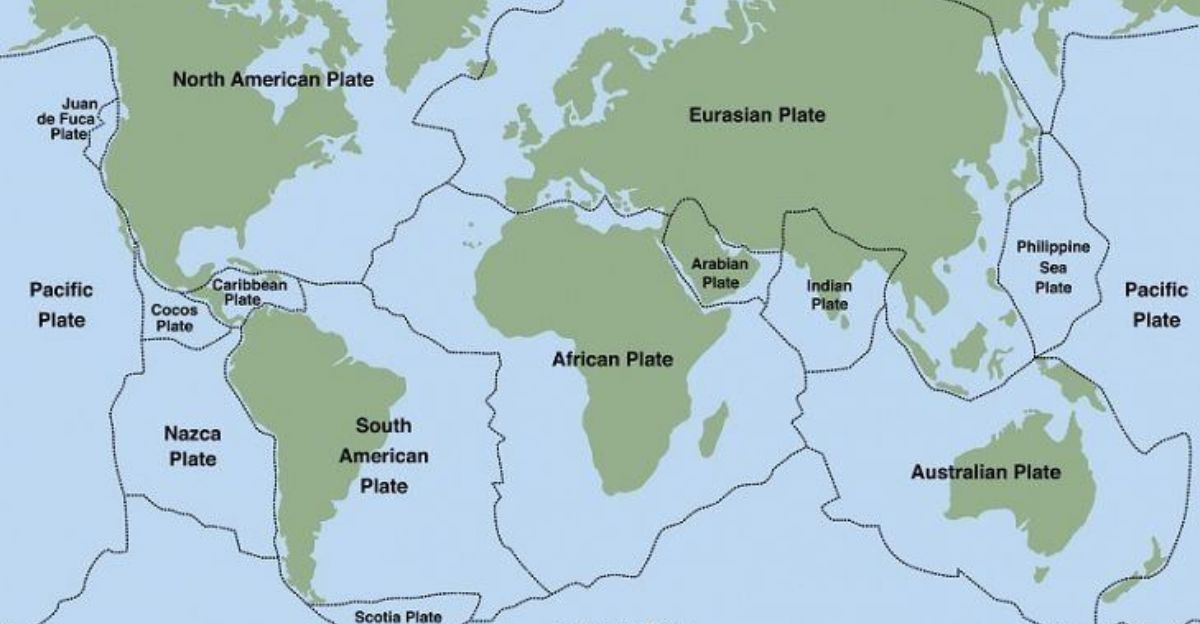
The identical tracks support the theory of plate tectonics, which is the idea that continents slowly shift over millions of years.
Fossil evidence like this helps scientists strengthen computer models that are used to reconstruct ancient landmasses and predict the locations of natural resources today.
Ecological Insights
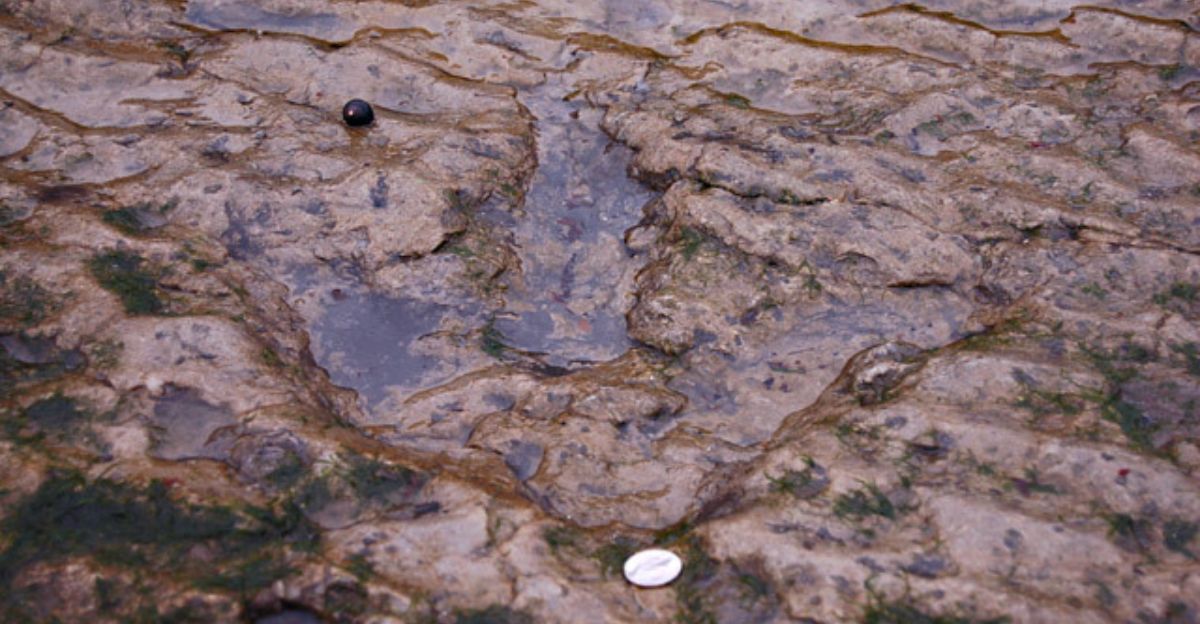
The sediments surrounding the tracks contain fossilized pollen, which indicates that both sites shared similar environments 120 million years ago.
This suggests that not only the dinosaurs, but also the plants and ecosystems, were closely linked across the ancient corridor.
Internal Debate

Some scientists remain cautious, debating whether the similarities are due to convergent evolution or direct migration.
Ongoing analysis of the tracks’ micro-features and surrounding geology aims to resolve these questions and clarify the true nature of the connection.
Leadership in Research
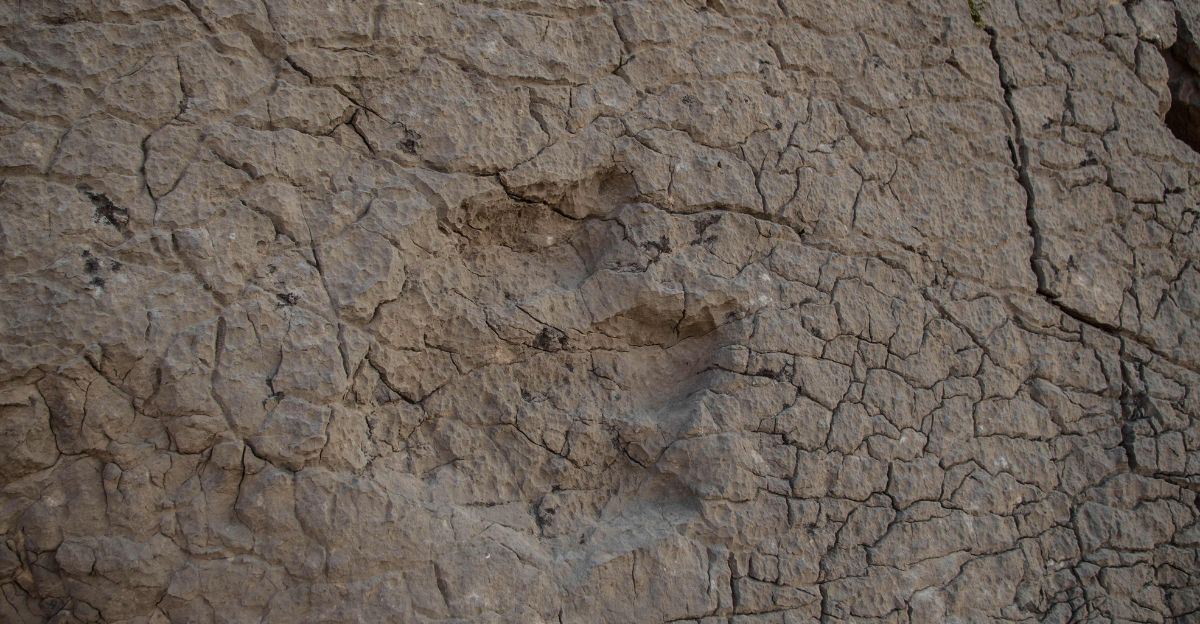
Paleontologist Louis L. Jacobs and his international team have led the research, publishing their findings through the New Mexico Museum of Natural History & Science.
Their work is now setting new standards for collaborative, cross-continental paleontology.
Strategic Expansion
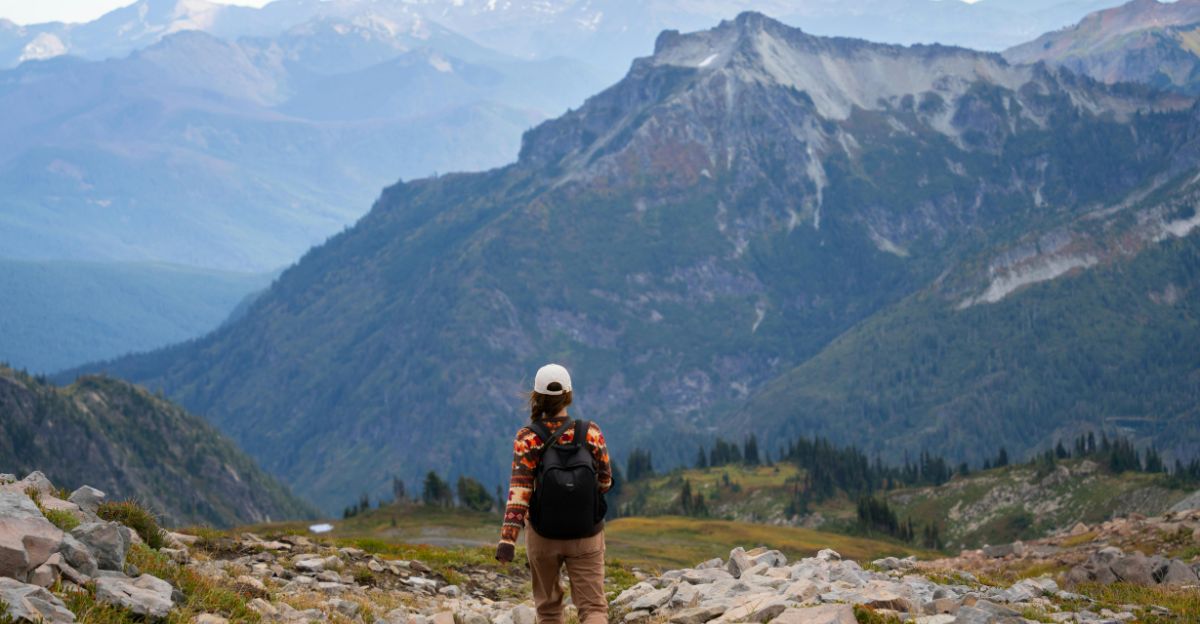
Meanwhile, researchers are expanding their search to other continents, using advanced scanning technology to identify potential new corridors.
These efforts could reveal even more about how dinosaurs and other species dispersed during the breakup of supercontinents.
Expert Skepticism
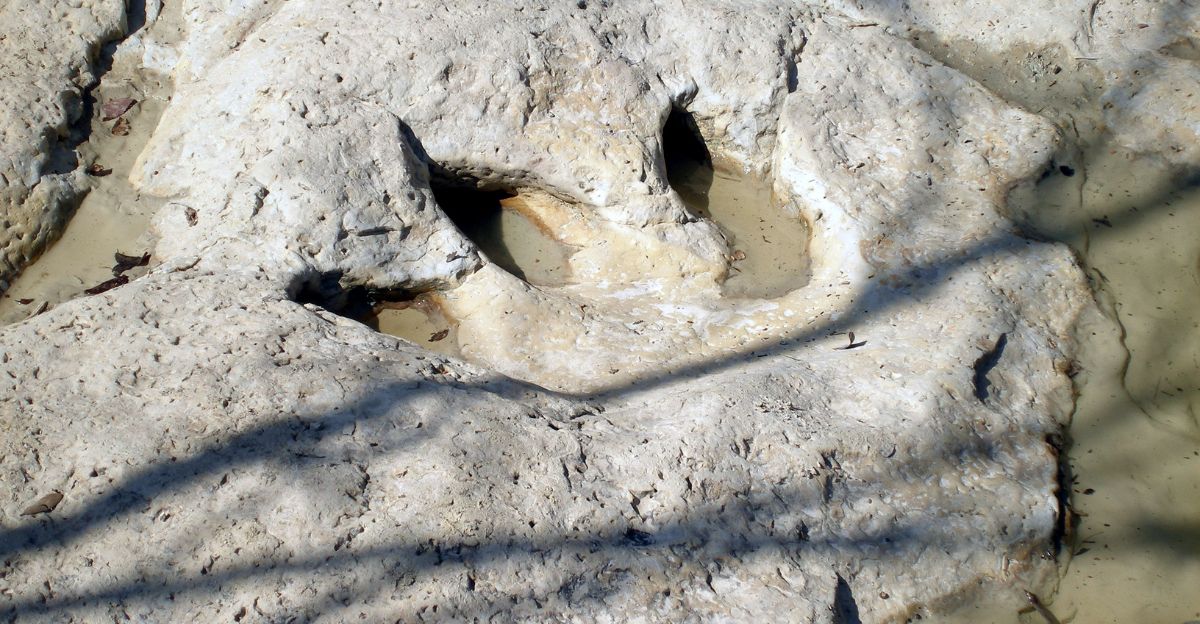
While the evidence is compelling, some experts urge caution.
They point out that many factors can influence how fossils are preserved, and more discoveries are needed to confirm whether a true migration pathway once connected these regions.
Looking Forward

The discovery raises new questions: Could similar corridors have existed elsewhere in the world?
What other secrets might be hidden beneath today’s continents? Scientists are eager to continue the search, hoping to learn more about Earth’s dynamic history.
Policy Implications
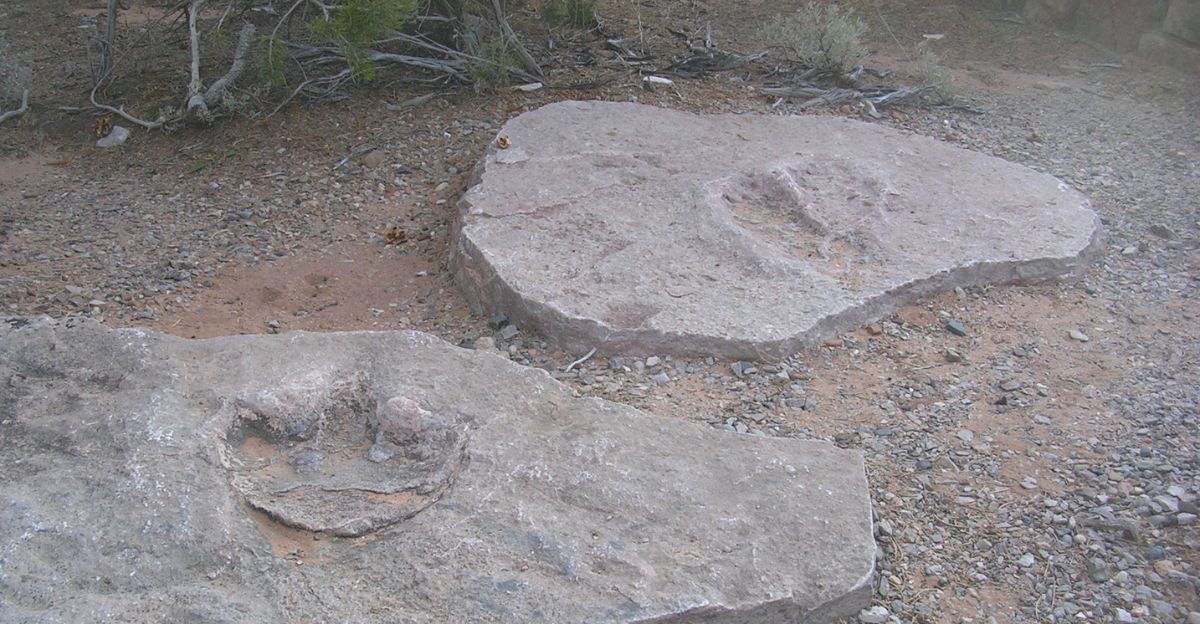
These new findings could influence how governments protect fossil sites in the future.
With growing interest, leaders will need to find a balance between supporting scientific research, allowing tourism, and protecting the sites, so that these ancient traces are protected for future generations.
International Collaboration
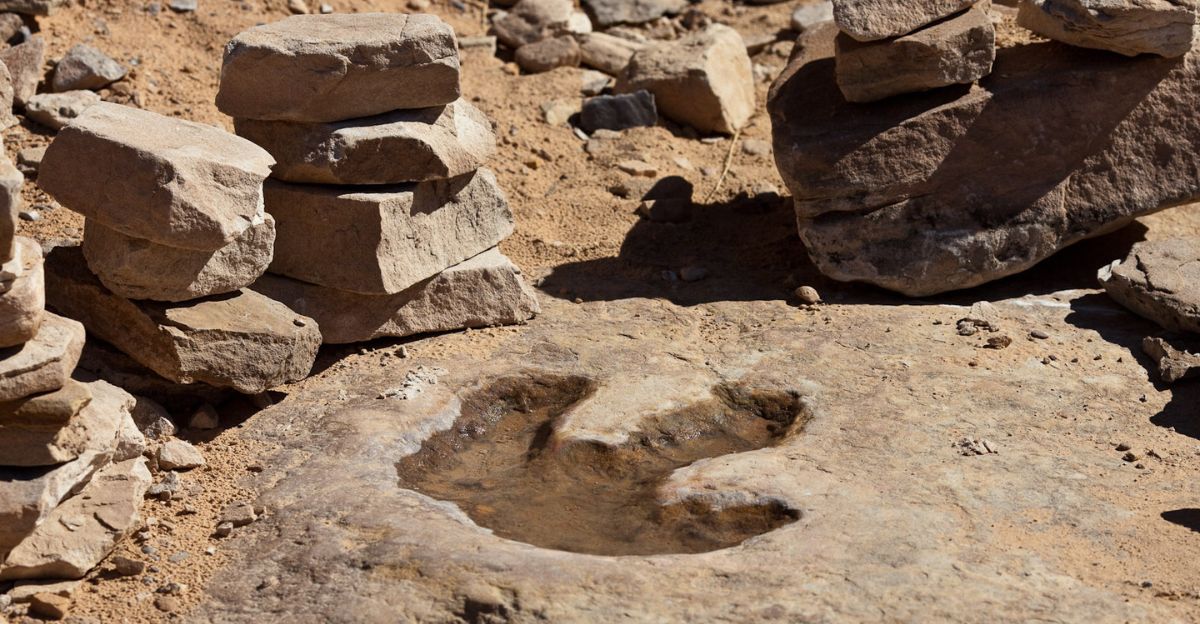
The cross-Atlantic nature of the discovery shows the importance of international cooperation in science.
Teams from Africa, South America, and all around the world are now sharing data and resources to piece together the global puzzle of dinosaur migration.
Environmental Lessons
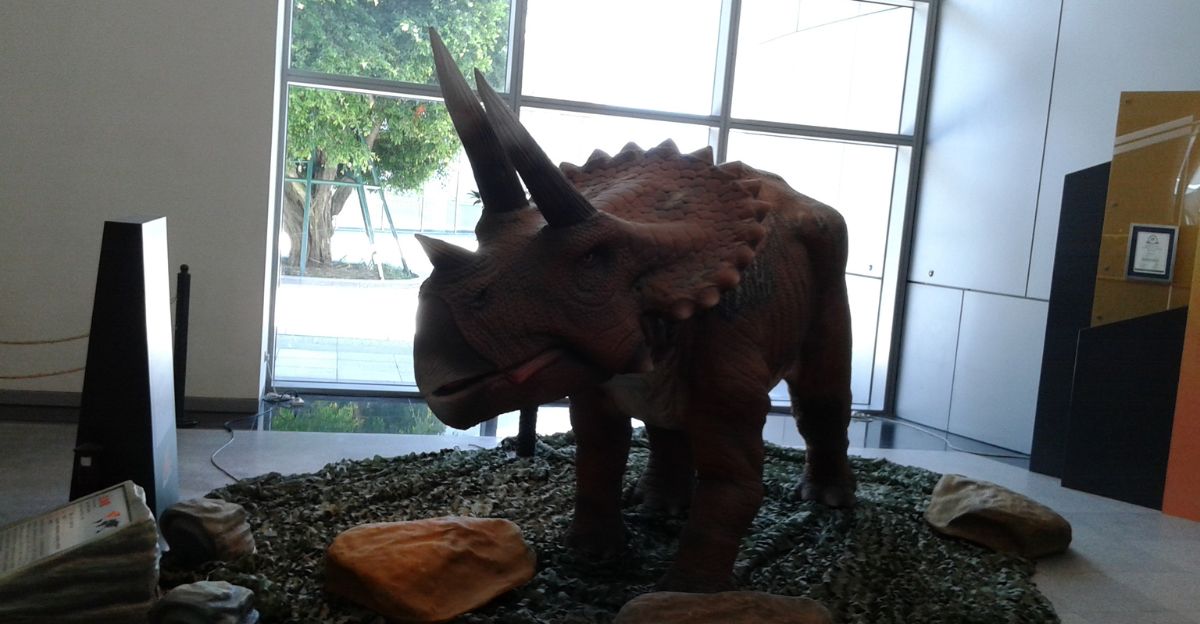
Studying how ancient species responded to shifting continents and climates offers lessons for today’s wildlife.
The tracks remind us that habitat fragmentation and migration are not new challenges, but part of life’s ongoing adaptation to a changing planet.
Cultural Resonance
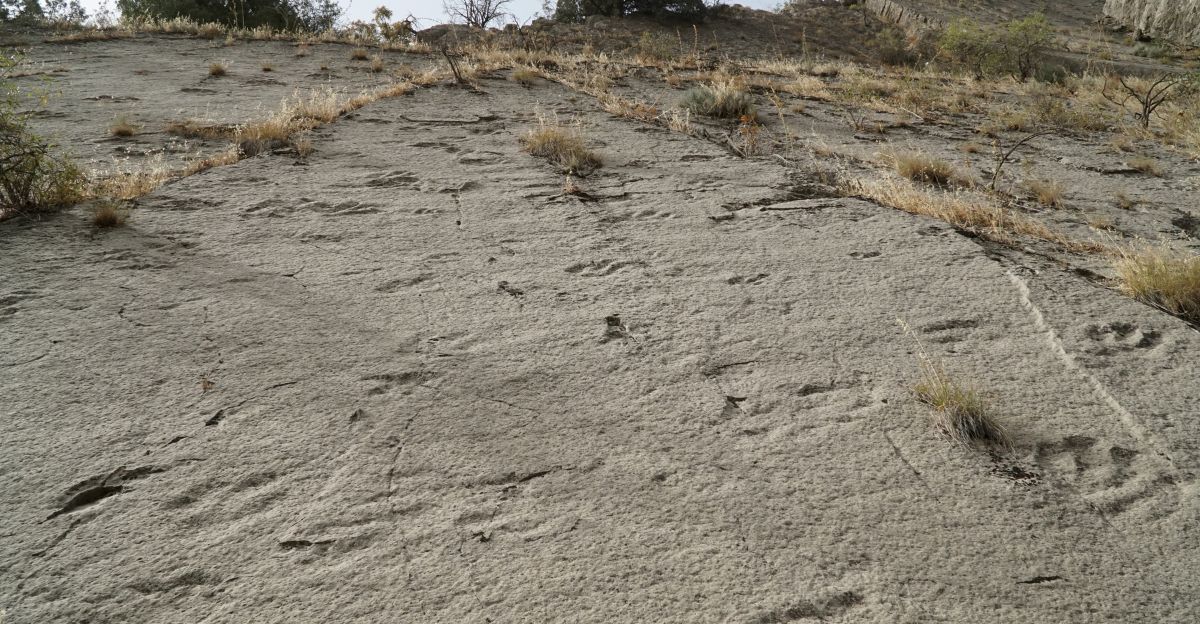
The discovery is sparking renewed public interest in dinosaurs and Earth’s history.
Museums and educational programs are using the story to draw new audiences, inspiring curiosity about science and the planet’s deep past.
Enduring Significance
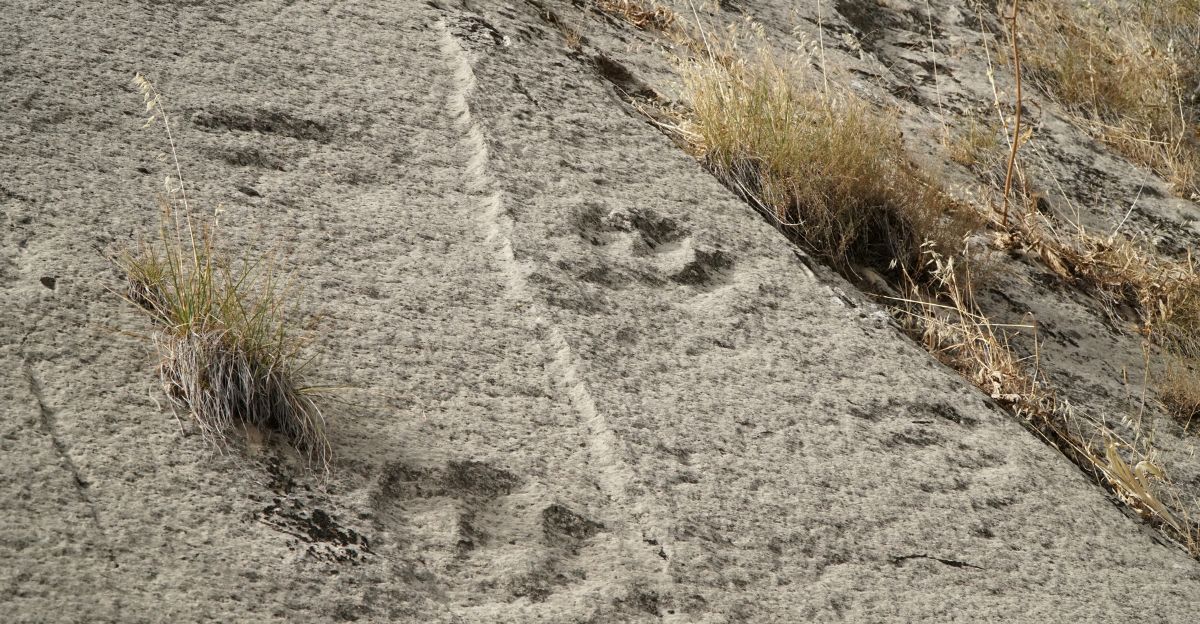
In the end, the matching dinosaur tracks are more than a scientific curiosity.
They are a testament to the interconnectedness of life and the ever-changing nature of our world. They are a reminder that the past still shapes the present in ways we are only just beginning to understand.